In the vast landscape of computer operating systems, Linux stands out as a masterpiece – an art form that has revolutionized the way we interact with technology.
Unlike commercial operating systems like Windows or macOS, Linux is open-source, meaning its source code is freely available for anyone to inspect, modify, and distribute.
This characteristic has not only fostered a community-driven ethos but has also become the driving force behind the continuous evolution and widespread adoption of Linux.
The Art of Open Source
Imagine a painting where the artist allows others to add brushstrokes, change colors, and even modify the composition. This is the essence of open source, and Linux embodies this collaborative art form.
Developed under the GNU General Public License (GPL), Linux encourages a decentralized approach to development. A global community of programmers, enthusiasts, and experts contribute their skills, creating a living, breathing work of art that constantly adapts and improves.
Community Collaboration
One of the driving forces behind Linux is its vibrant and diverse community. Thousands of developers around the world collaborate to enhance the operating system’s features, security, and performance.
This collaborative effort not only results in a robust and stable system but also fosters a sense of shared ownership and responsibility. Unlike proprietary systems, Linux belongs to everyone who contributes to its development.
Stability and Reliability
Linux is known for its stability and reliability. Like a well-crafted sculpture that withstands the test of time, Linux has proven its resilience in various environments, from personal computers to servers and embedded systems.
This stability is a result of meticulous code craftsmanship, rigorous testing, and the collective commitment to creating a dependable platform for users worldwide.
Freedom of Choice
Just as an artist selects the perfect canvas and palette, Linux provides users with the freedom to choose. The operating system comes in various distributions, each tailored to different needs and preferences.
Whether you prefer a lightweight system for older hardware or a feature-rich desktop environment, Linux offers a diverse array of options. This freedom of choice empowers users to tailor their computing experience to suit their individual requirements.
Command-Line Mastery
The command-line interface (CLI) is a distinctive aspect of Linux, akin to an artist’s toolkit. While modern graphical interfaces dominate other operating systems, Linux enthusiasts appreciate the power and efficiency of the command line.
It allows users to execute commands directly, providing a deeper understanding and control over the system. This mastery of the command line is a skill celebrated within the Linux community and contributes to the sense of artistry associated with the operating system.
Adaptability and Flexibility
Linux’s adaptability is akin to a versatile sculpture that can seamlessly morph into various forms. It can be customized for specific purposes, making it the preferred choice for servers, embedded systems, and even mobile devices.
The adaptability of Linux extends to its kernel, the core component of the operating system. Users can choose different kernels tailored to their specific hardware or performance requirements, showcasing the flexibility that is central to the Linux philosophy.
Security as a Priority
Just as an artist meticulously protects their work, the Linux community prioritizes security. With an open development model, vulnerabilities are quickly identified and addressed.
The transparent nature of the source code allows a global community of experts to scrutinize it, ensuring that security flaws are promptly patched. This proactive approach to security has made Linux a robust and secure choice for critical systems and infrastructure.
Community Support and Documentation
The Linux community doesn’t just create an operating system; it provides a wealth of resources, support, and documentation. Like an art gallery offering insights into the artist’s techniques, the Linux community shares knowledge through forums, wikis, and tutorials.
This collaborative spirit ensures that users, whether novices or seasoned professionals have access to a vast repository of information to enhance their Linux experience.
Global Impact and Innovation
Linux’s impact extends beyond individual users and communities. It plays a crucial role in powering the internet, running servers, and supporting countless devices worldwide.
The open-source nature of Linux has catalyzed innovation, with companies and individuals contributing improvements that benefit the entire ecosystem. From cloud computing to the Internet of Things (IoT), Linux remains at the forefront of technological advancements.
Conclusion
In the realm of operating systems, Linux is more than just a utilitarian tool – it is an art form that thrives on collaboration, adaptability, and freedom.
The driving force behind Linux lies in its open-source philosophy, a global community of contributors, and a commitment to excellence. Linux is not just a product; it is a living, evolving masterpiece that continues to shape the digital landscape, embodying the true essence of technology as an art.

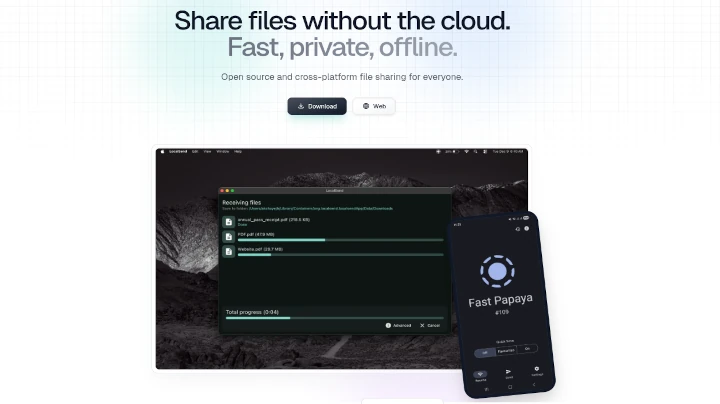
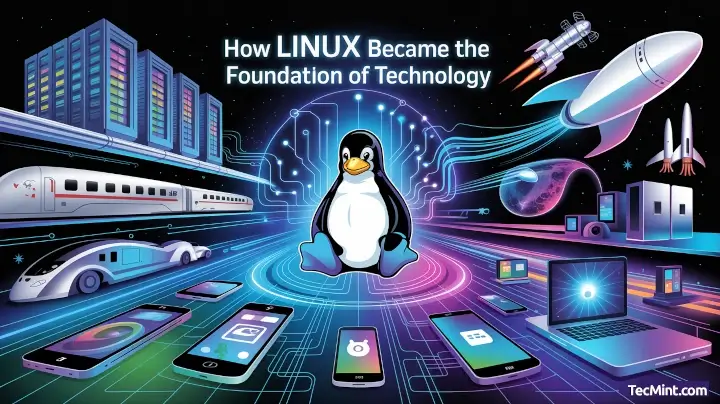
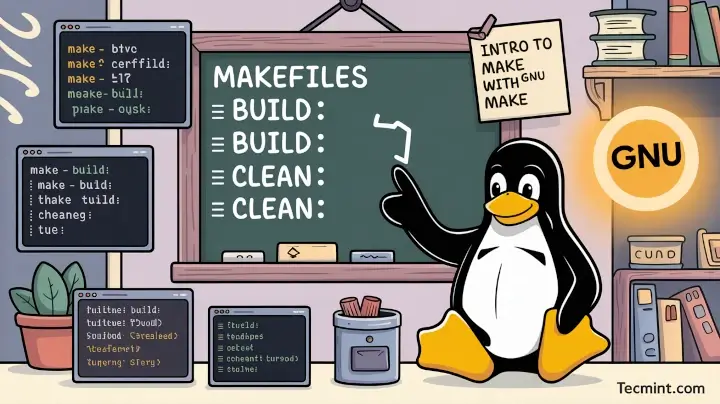
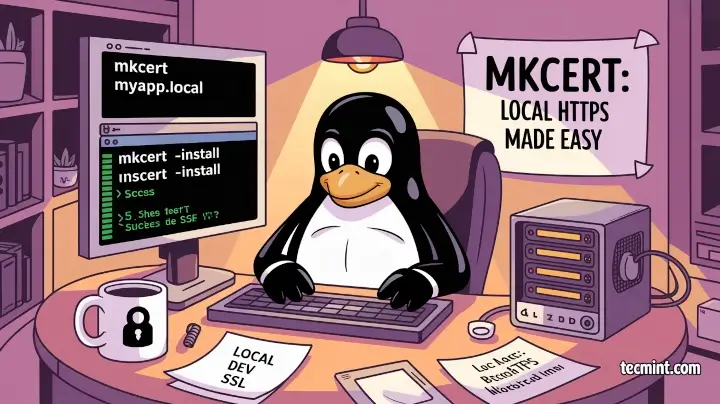
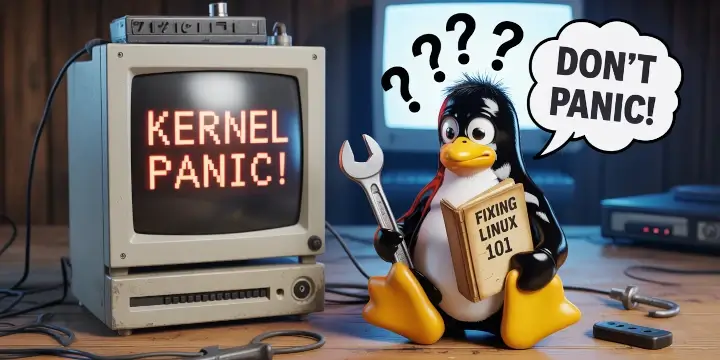
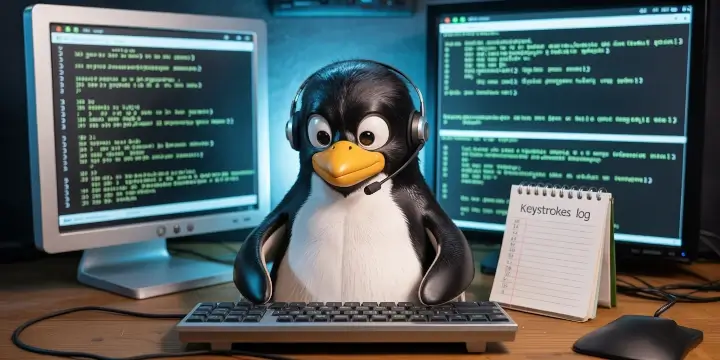
“We comes”… are you serious?
@ peter. this is a tecno article and hence these things doesn’t matter much.
Isn’t it pathetic how the vast majority of US English-speakers are too brain-dead to use Linux, and prefer to be M$ and Apple addicts? The future, apparently, belongs to foreign English-is-a-second-language. The WW2 generation is rolling over in their graves. Many are asking why they died for this.
@ Walter Heindl, u r not clear.
will you please tell us, what and whom exactly you are supporting?